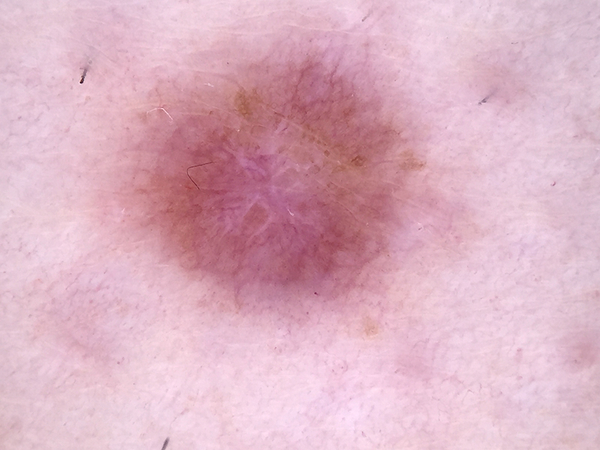Understanding the available treatments for skin cancer is a good starting point. Dermatologists are medical doctors who specialize in conditions affecting the skin, hair, and nails. They diagnose and treat skin cancer using a variety of methods, depending on the specific type and stage of the cancer, as well as the patient’s overall health. Here are some ways skin cancer is treated:
Excision Surgery
Excision surgery is a standard procedure for removing skin cancer. Dermatologists can numb the area with a local anesthetic. The dermatologist may remove the cancerous tumor along with a small margin of surrounding healthy skin.
This margin is taken to help remove all cancerous cells. After removal, they may send the tissue to a laboratory for examination. A professional typically looks at the tissue under a microscope to confirm that the cancer has been completely removed. Afterwards, they can close the wound with stitches.
Mohs Surgery
Mohs surgery is a specialized technique used for certain types of skin cancer, particularly those on the head and neck. The surgeon typically removes a thin layer of skin containing the tumor and examines it immediately under a microscope. If cancer cells are found at the edges of the removed layer, the surgeon removes another layer from the exact spot where the cancer remains. This process is repeated layer by layer until no cancer cells are detected. This method allows the surgeon to remove all the cancerous cells while sparing as much healthy tissue as possible.
Radiation Therapy
Radiation therapy utilizes high-energy beams, such as X-rays, to target and destroy cancer cells. Dermatologists typically reserve this treatment for situations where surgery is not an option. They might use it for tumors that are large or located in areas that are difficult to treat surgically.
A course of radiation therapy typically involves a series of treatments scheduled over several weeks. Each session is brief, and the procedure itself is painless. A specialist will oversee this treatment, carefully planning the dosage and targeting the beams.
These beams focus on the cancerous area while minimizing exposure to surrounding healthy tissue. Side effects of radiation therapy can vary depending on the treatment area, but may include fatigue, skin irritation, or changes in appetite. Your healthcare team will provide guidance and support to help you manage any side effects effectively during your treatment.
Electrodesiccation and Curettage
Electrodesiccation and curettage is a procedure used to treat some basal cell and squamous cell carcinomas. First, the dermatologist typically scrapes away the surface of the skin cancer using a small, spoon-shaped instrument called a curette. Then, an electric needle applies heat to the area, destroying any remaining cancer cells and controlling bleeding. During the same appointment, they can repeat this cycle several times to thoroughly treat the area. Finally, the wound heals naturally without stitches.
Get Treated by a Dermatologist
Navigating a skin cancer diagnosis involves working closely with a medical professional. A dermatologist will evaluate your specific condition and recommend a treatment plan. They are equipped to perform these procedures and guide you through the process, from diagnosis to follow-up care. If you have a spot on your skin that worries you or have been diagnosed with skin cancer, we are here to provide the care you need. Contact a dermatologist today to schedule an appointment.
